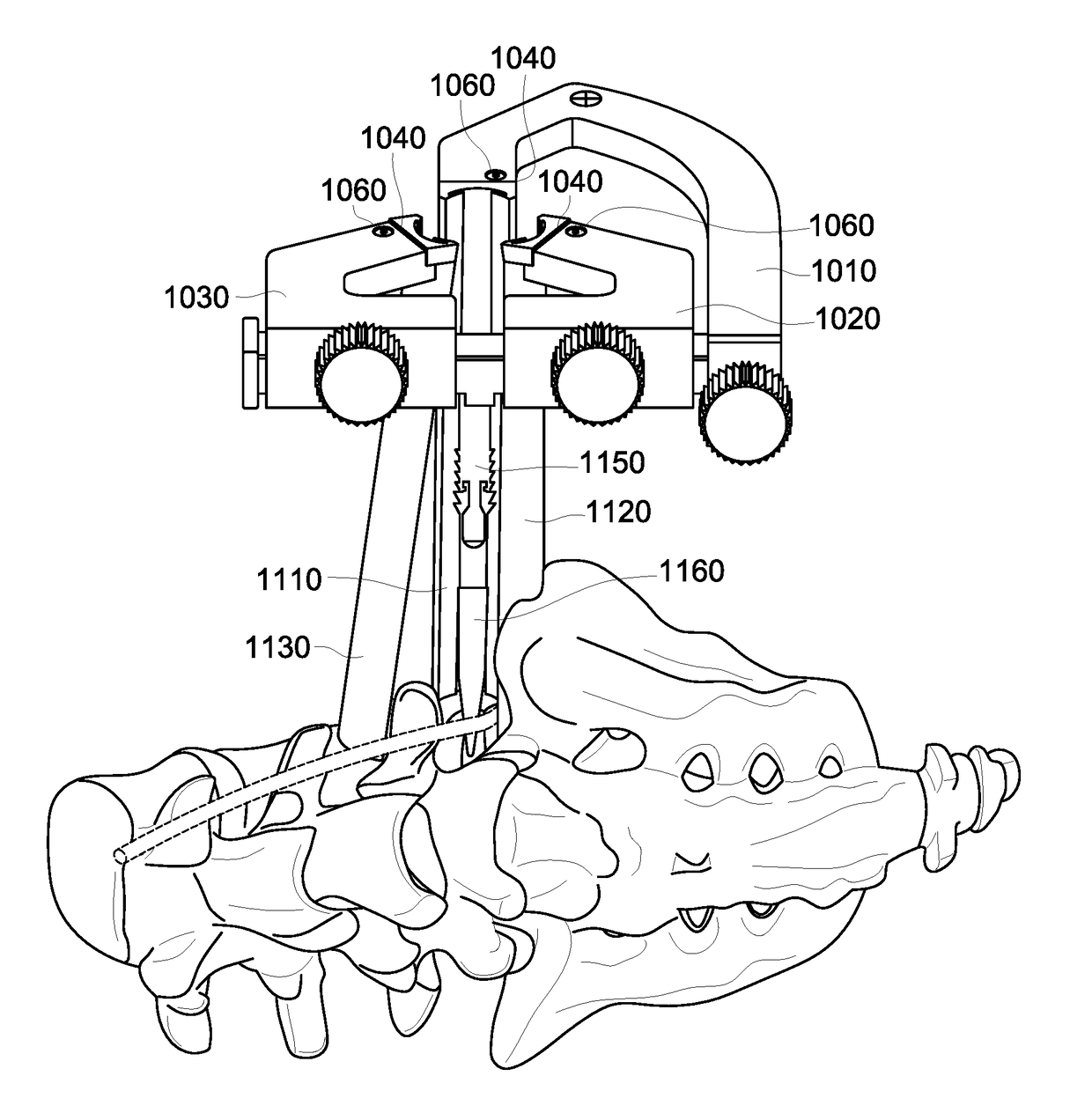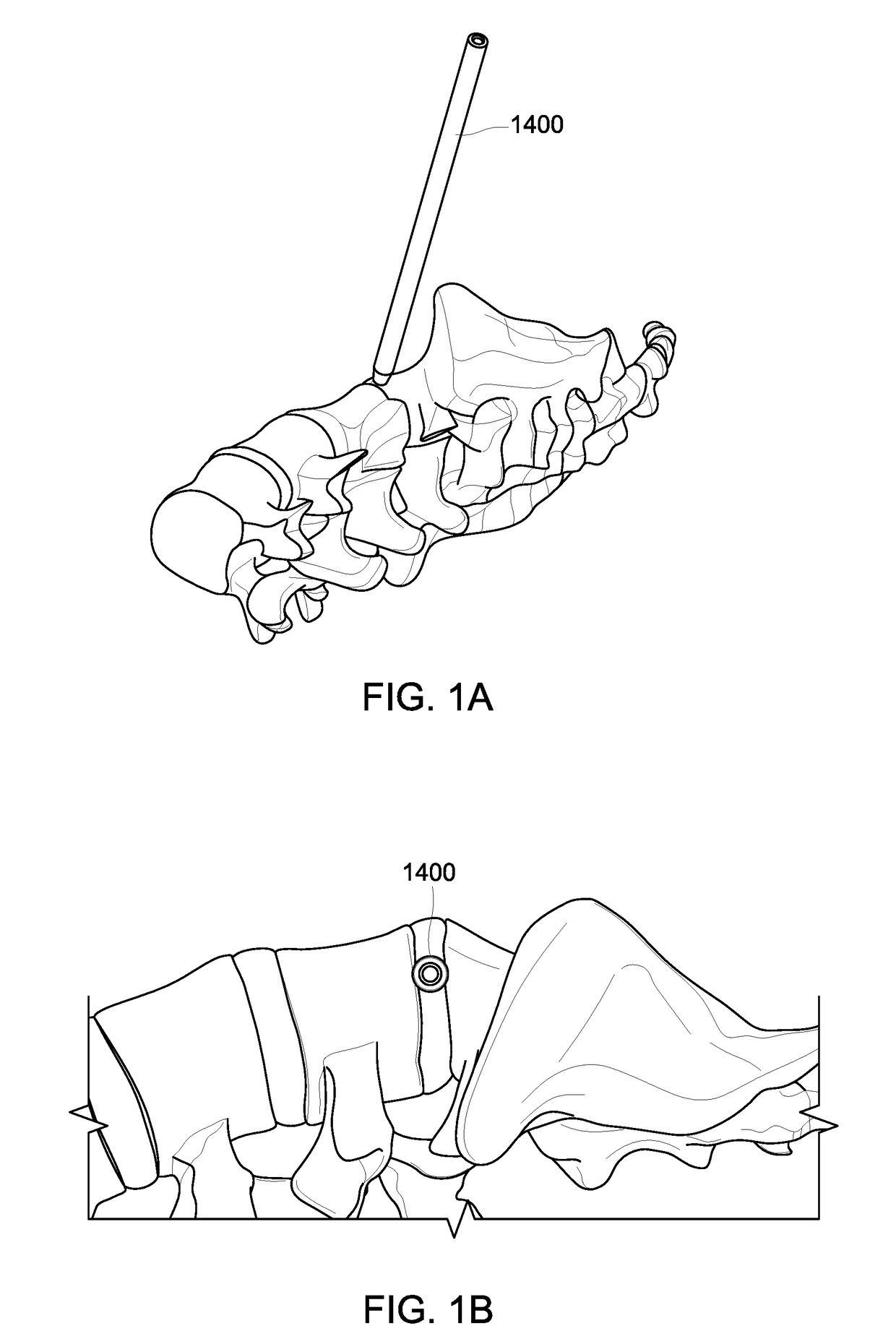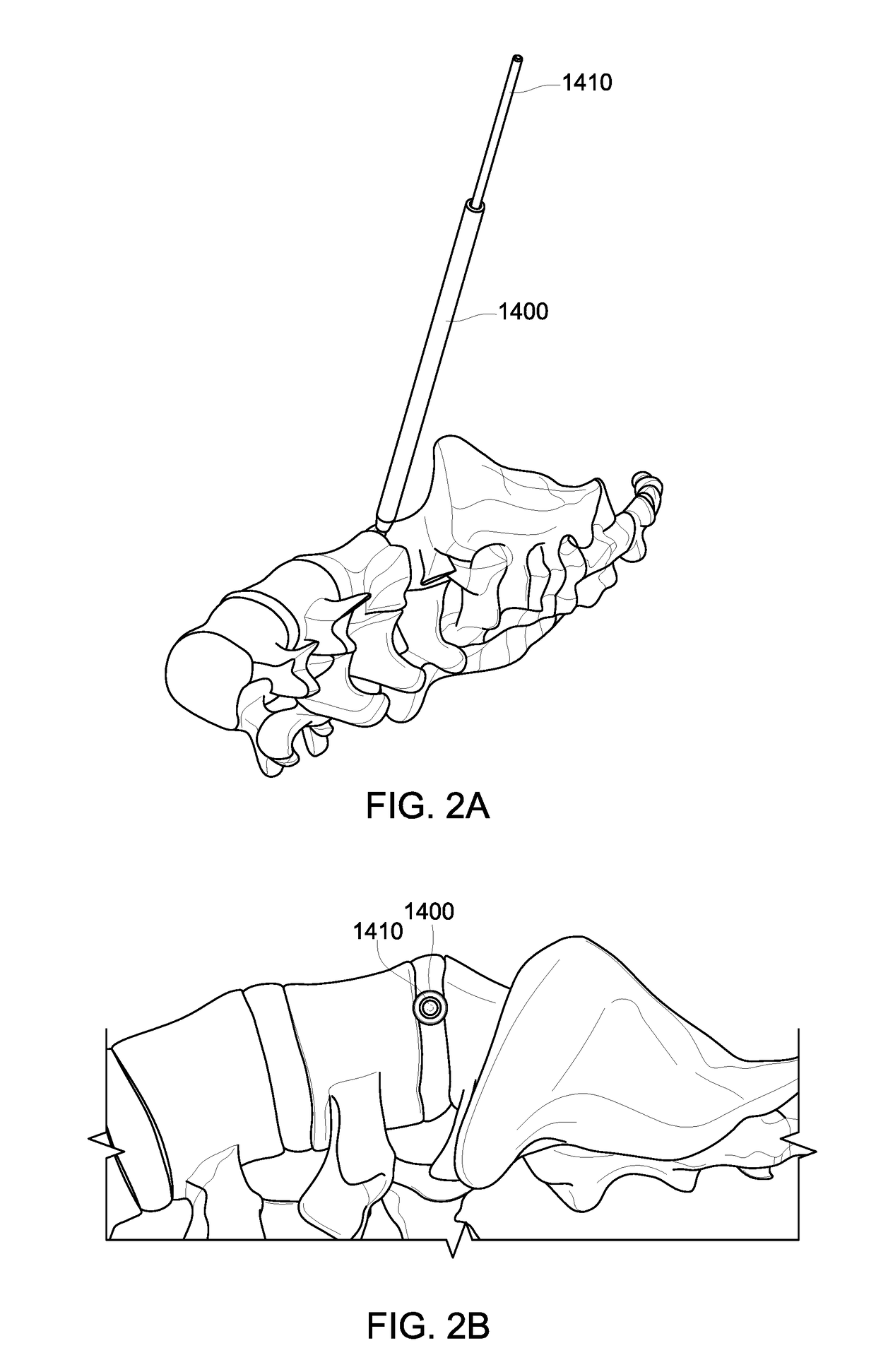The variety of surgical approaches to the spine have a number of advantages and drawbacks such that no one perfect approach exists.
A major problem associated with the lateral
surgical approach to the spine is nerve damage.
They also can experience direct
nerve injury as a result of direct trauma caused by interaction from the
instrumentation utilized during the surgical intervention in association with the
lateral approach to the spine.
However,
surgical interventions utilizing the direct lateral and extreme lateral approaches generally require the retraction or redirection of the nerves in the anterior-posterior plane.
As a result, this retraction causes a stretching, or elongation of the nerve, which damages the nerve.
This nerve trauma resulting from over-retraction, especially in relation to the
lumbar plexus, manifests in a variety of undesirable consequences to a patient post-
surgery.
These undesirable consequences include dystesthia, numbness, burning and tingling in the leg, especially in the anterior
thigh.
Moreover, a patient who suffers from nerve trauma during a surgical intervention utilizing the lateral approach also may experience
palsy or
muscle weakness.
The patient may also experience problems associated with genitalia, including retrograde ejaculation, impotence and incontinence as a direct result of the
nerve injury during by surgical intervention utilizing the direct lateral or extreme lateral approaches.
In addition to the more commonly experienced indirect nerve injuries associated with
surgical interventions utilizing the lateral approach such as those as described in the preceding
paragraph, such interventions are also accompanied by a risk, though less prevalent, of direct nerve injuries.
For instance, the currently known systems and apparatuses associated with surgical interventions utilizing the lateral approach risk directly tearing or lacerating nerve structures.
The design of bladed instrumentation also allows for
nerve injury in many cases, as blunt-edged blades known in the prior art can lacerate or tear nerves when such blades come into contact with nerve structures.
A major problem associated with surgical interventions utilizing the lateral approach to the spine is that they require some type of nerve mapping that utilizes neuro-monitoring techniques, including
Electromyography (“EMG”).
Typical neuro-monitoring techniques, such as
free run EMG or triggered EMG (also known as tEMG), however, cannot detect all types of nerves.
Many problems are associated with surgical interventions utilizing the lateral approaches that target zones 3 and 4 because of their targeting of the posterior area of the
disc space.
As the motor nerves are larger and thereby less elastic and less pliable, the motor nerves have a greater likelihood of indirect damage especially resulting from the elongation or stretching of the nerves related to over-retraction or
extended time of retraction.
In addition to the risk of nerve damage, a
significant risk of damage to the musculature surrounding the spine and associated complications accompanies the use of the lateral approach in surgical interventions associated with the spine.
However, a common problem associated with this type of lateral procedure is that soft tissues, including musculature and nerves become trapped near the distal end of the
retractor's blades (often referred to as “trappage”).
An associated problem is the time and effort it takes for a surgeon to utilize a cautery or similar device to remove the trapped soft tissues from between the distal end of the
retractor and the vertebral bodies prior to completing access to the spine.
Often, the resulting damage and trauma to the
soft tissue resulting from trappage and removal of psoas
muscle tissue with a cautery causes lasting problems for a patient.
Thus, damage to the psoas will generally manifest in
lower body discomfort, including pain and weakness in the leg.
Nerve and
muscle damage during the lateral approach is a heavily documented problem.
These significant and troublesome complication rates are directly associated with nerve and
muscle damage.
While avoiding the bulk of the psoas muscle during the lateral
surgical approach would mitigate many of the drawbacks to the lateral approach, other trajectories
pose alternative risks.
For instance, specifically moving the lateral surgical approach trajectory anterior to the psoas muscle or through the anterior portion of the psoas muscle risks other consequences.
Specifically, an approach that targets the anterior third of the
disc space would increase the risk of damage to the
vena cava and
aorta, also known as the “
great vessels.” As the
great vessels lie generally proximal and anterior to the spine, any approach targeting the anterior
anatomy of the spine would increase the risk of damaging the
great vessels.
A puncture of the great vessels during
surgery would cause bleeding out of the vessels at a
high rate and could lead to death.
Spine surgeons therefore are often hesitant to utilize techniques that
traverse near the anterior of a spine without the assistance or support of a vascular surgeon who can potentially help the spine surgeon avoid the vascular structures or assist in the emergency repair of a
vascular structure damaged during the surgical approach.
A separate but related problem associated with changing the trajectory of the lateral approach to target the anterior third of the disc space relates to the current constraints of the
surgical instrumentation used during surgery associated with the lateral approach, including especially the retractors.
In order to accomplish a surgical intervention utilizing the lateral approach anterior to the psoas muscle or through the anterior portion of the psoas muscle, retractors known in the prior art are generally not useful, as they are configured to push the soft tissues in and near the spine in an anterior direction.
A problem related to the movement of the soft tissues from areas in or near the anterior portion of the disc space to areas in or near the posterior portion of the disc space relates to the risk of elongating the GFN, causing nerve trauma.
 Login to View More
Login to View More  Login to View More
Login to View More 


